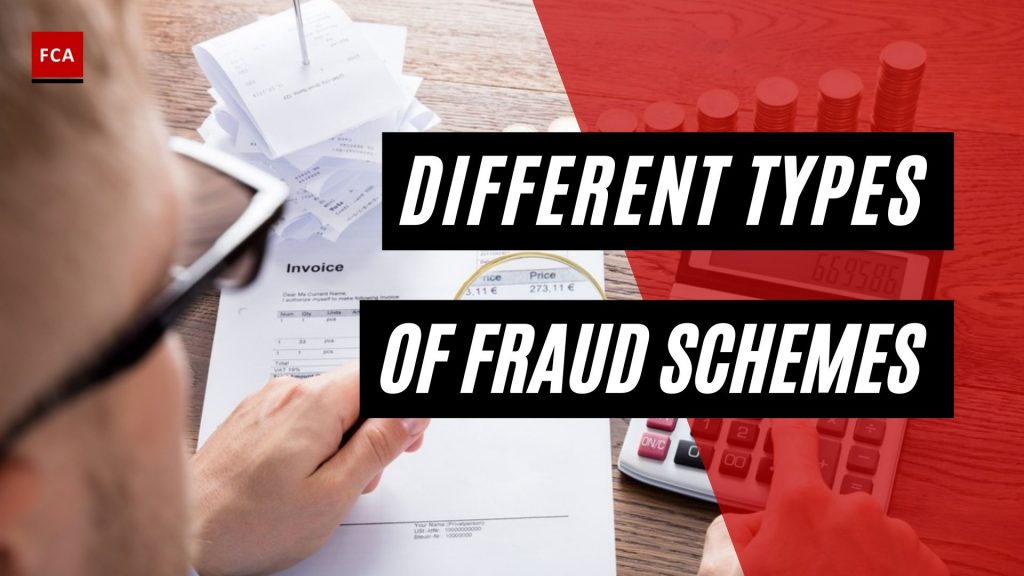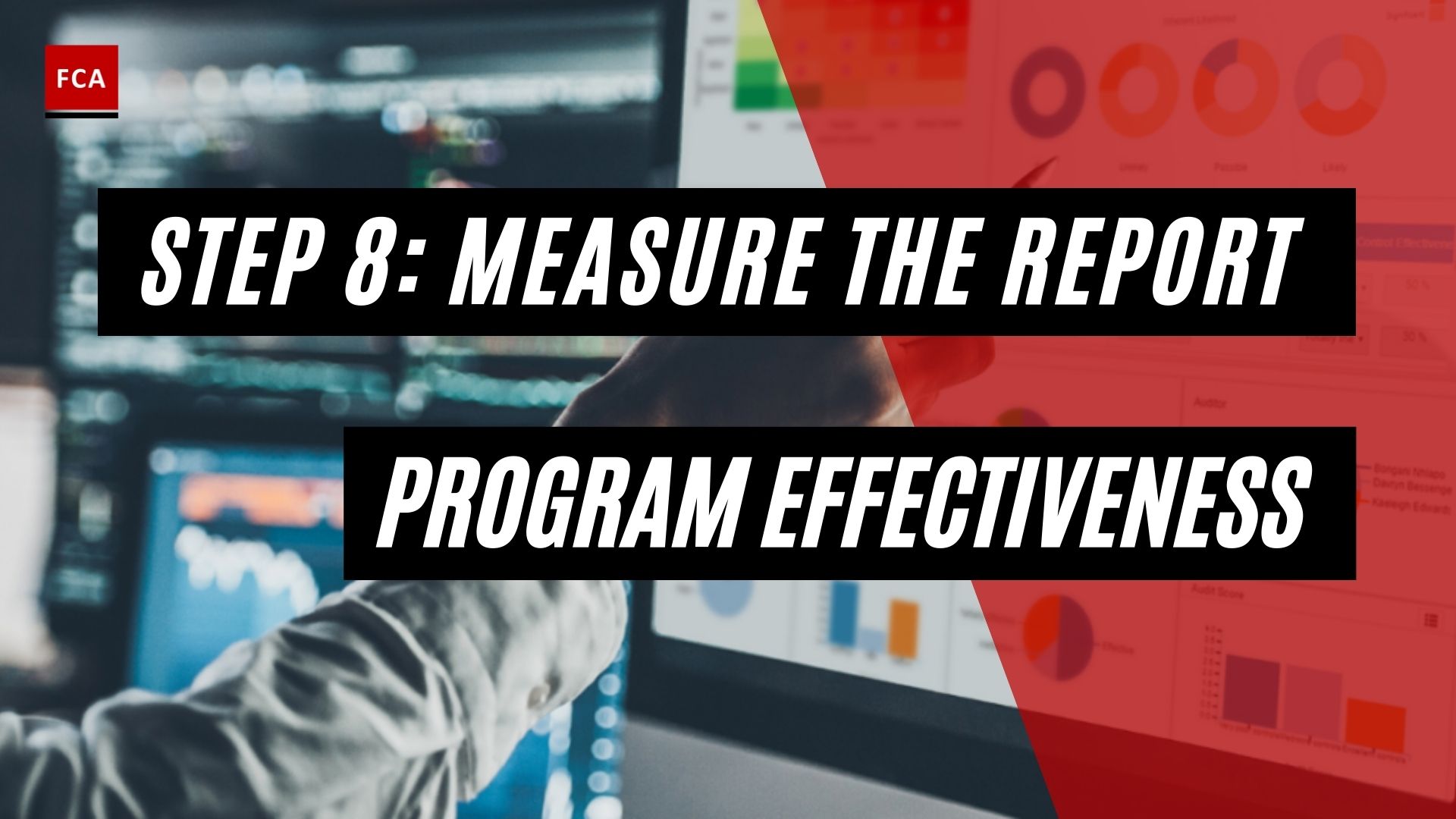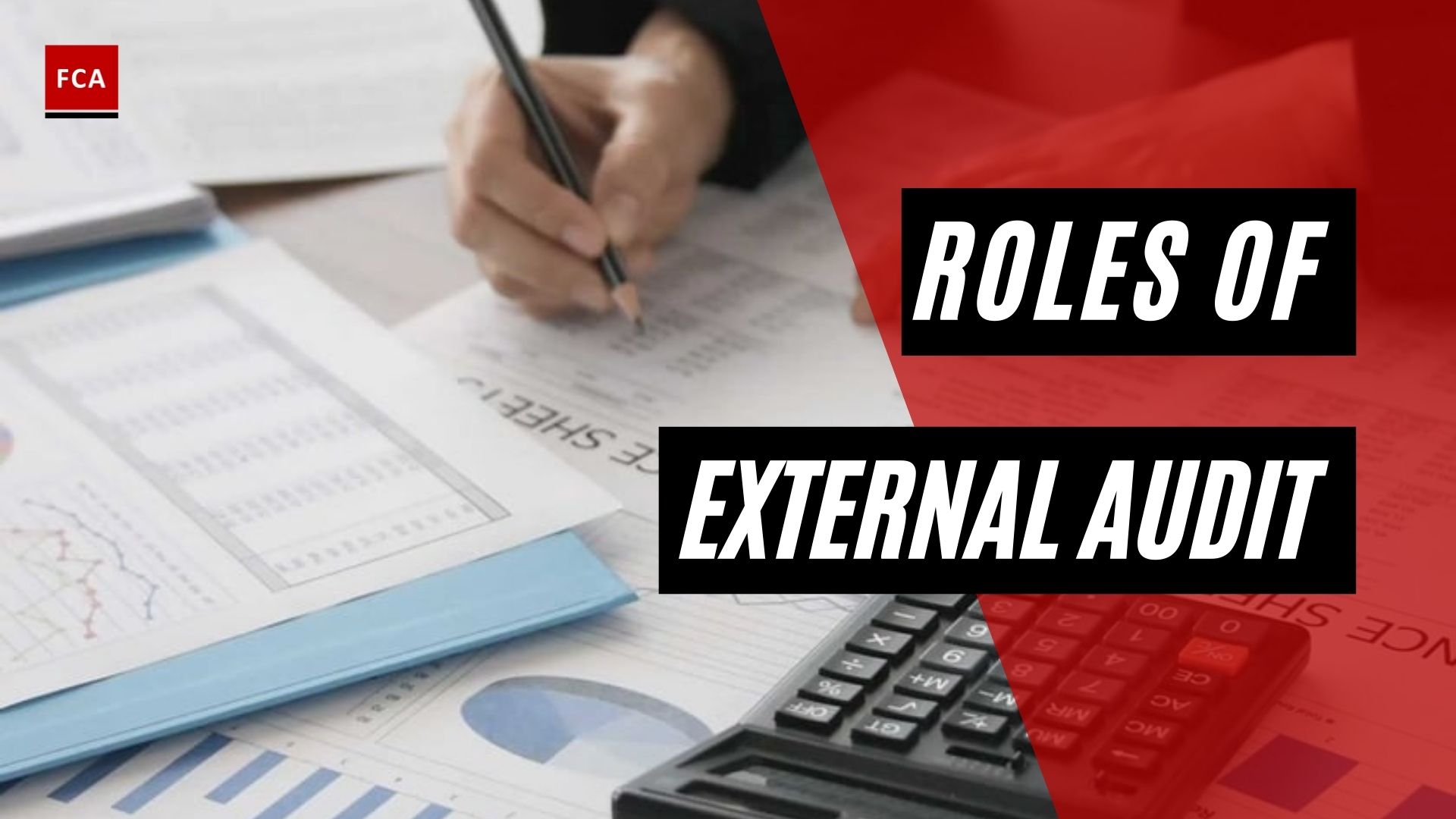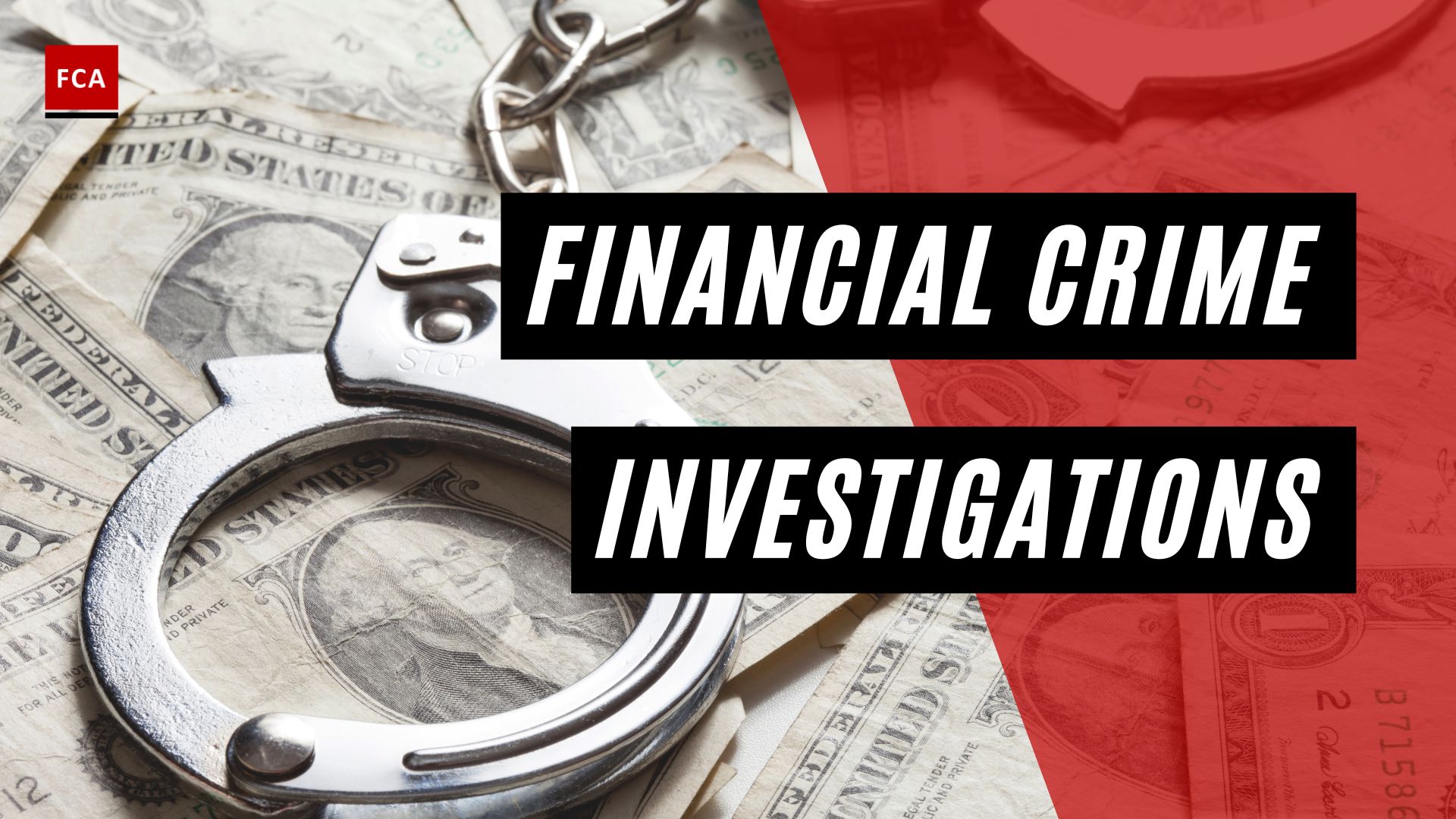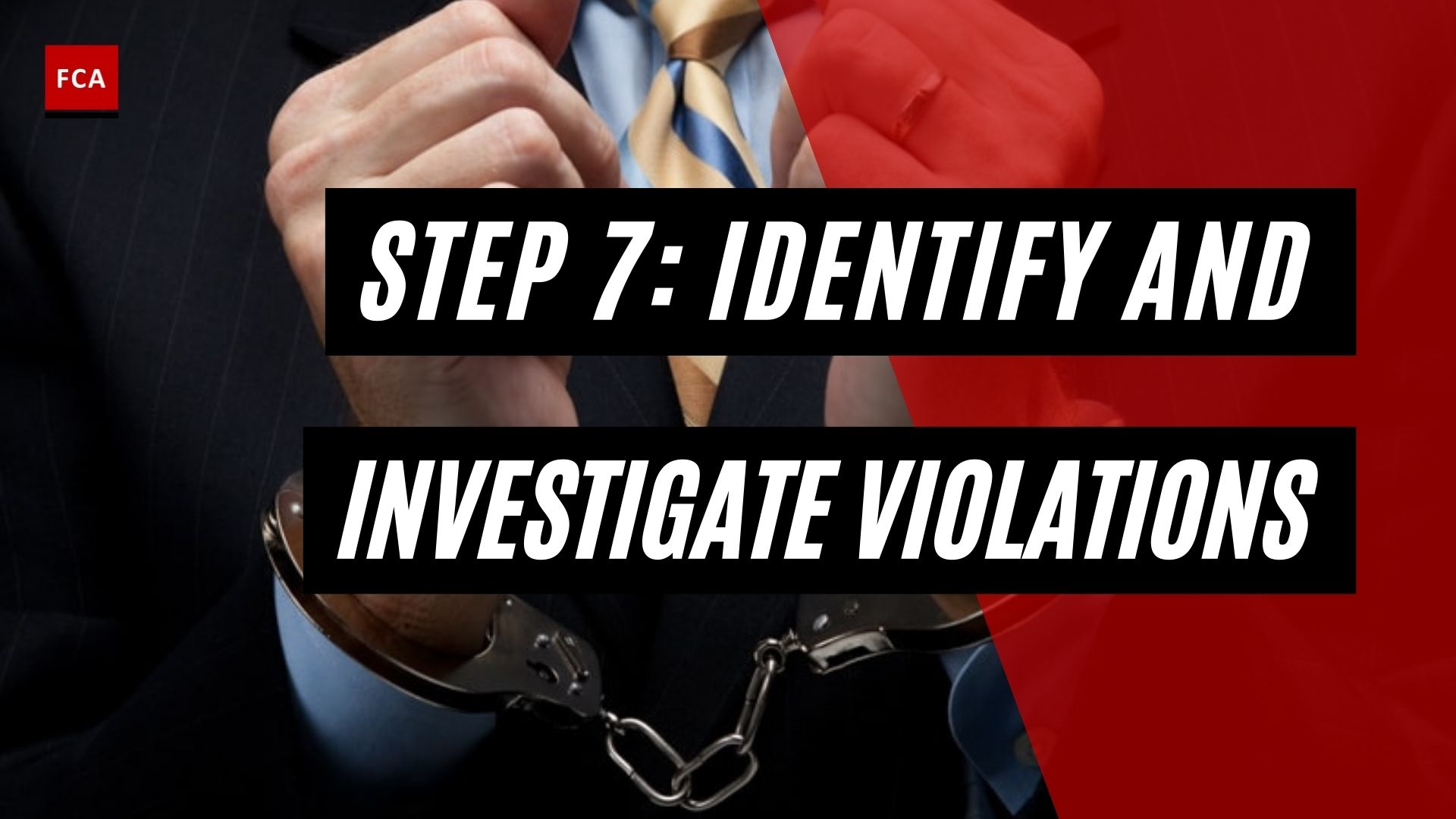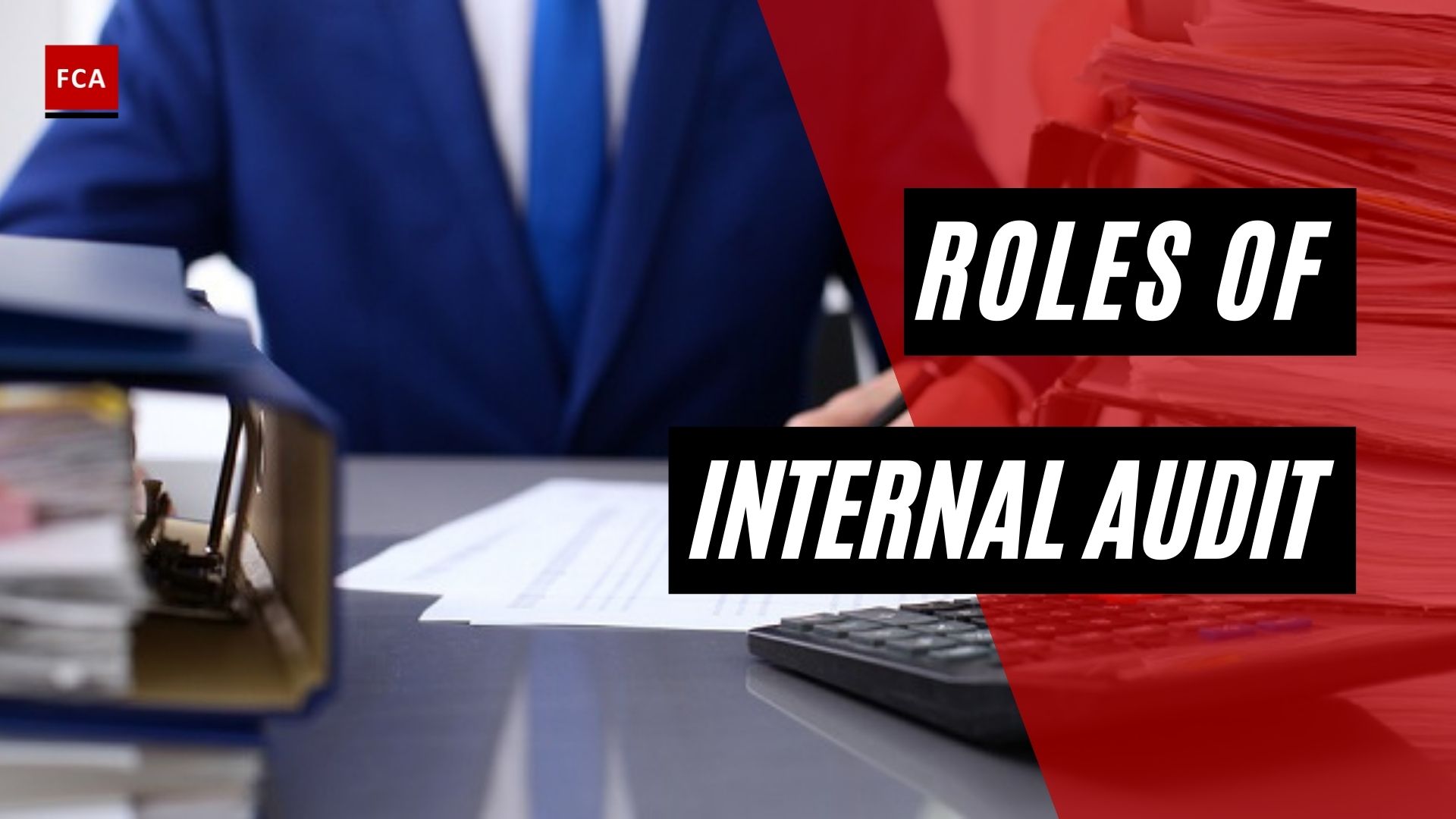There are different types of fraud schemes, which fraudsters accept, to perform fraudulent activities. The following listing of possible fraud schemes can be utilized by management and auditors to assist in identifying possible fraud risks and scenarios when assessing fraud risks.
Different types of fraud schemes, ranging from credit card scams and tax evasion to more complex forms like securities fraud and cyberattacks, pose significant threats to individuals, businesses, and economies worldwide, necessitating more robust preventive and punitive measures from authorities.

Different Types Of Fraud Schemes
Fraudulent financial reporting schemes aim to change the form and substance of the organization’s financial transactions and financial statements.
Fraudulent financial reporting schemes include:
- Side Agreements – Sales terms and conditions may be modified or otherwise amended, which may impact revenue recognition. Common terms modifications may include granting of rights of return, payment terms, exchange, or refunds.
In the ordinary course of business, sales agreements can and often are legitimately amended. There is nothing wrong with giving purchasers a right of return or exchange, as long as revenue is recognized in the proper accounting period with appropriate reserves established.
- “Roundtrip” Transactions – Recording transactions that occur between two or more companies for which there is no apparent business sense, purpose, or economic benefit. These transactions are often entered into to inflate revenues or show strong growth in sales. Such transactions may include sales between companies for the same amount or involvement of a loan to or investment in a customer to purchase the goods. Cash may change hands, but payment alone does not legitimize the transaction or justify the recognition of revenue if there is no underlying business purpose or economic benefit for the transactions.
- Alteration of Shipping Documents – An organization may record false sales transactions and recognize improper revenue by creating false shipping documents. By altering the shipping dates and terms of shipping documents, a company may increase its revenue shown in a specific accounting period.
- Bill and Holds – A bill and hold transaction occurs when products have been booked as a sale, but delivery and transfer of ownership do not occur as of the date when the organization records the sale.
Such transactions may involve a legitimate issuance of sales or purchase orders; however, the customer may not be willing or able to accept the delivery of the product at the time the sale is recorded.
- Failure to Record Sales Provisions – Some sales transactions require companies to record sales provisions to account for future sales returns. By failing to record sales provisions, companies may improperly overstate their revenues.
- Up-Front Fees – Some sales transactions require customers to pay up-front fees for the services that will be provided over an extended period. Organizations may attempt to recognize the full amount of the contract before the services are performed, which means before revenue is earned. Such schemes may involve the modification of financial records such as purchase orders, sales invoices, and sales contracts.
- Misappropriation of Assets – Misappropriation of assets is a scheme of fraud where assets are misused or embezzled by the organization’s employees. Misappropriation is assets include:
- Skimming of Cash – Cash skimming schemes involve the sales cycle, where employees embezzle by not recording the sale or full amount of the cash collected. Such as a retail store where an employee collects cash from a customer, pockets the money, and avoids recording the sales transaction.
- Fraudulent Disbursements – Such schemes may include procurement frauds, theft of the company’s checks, ghost employee schemes, and wrong expense reimbursements. An example is establishing fake vendors or suppliers in the accounts payable system or approving payments for services not received.
Other Fraud Schemes. There are various other fraud schemes which may be committed by the employees of the organization, such as:
- Bribery, Corruption, and Kickbacks – Corruption and bribery within an organization can include vendors paying “gratuities” to buyers to secure sales, buyers paying premiums to vendors because of a buyer’s relationships, and payments made to “shell companies” for soft services that are not rendered.
- Money Laundering – Money laundering is the process of concealing the actual source of black or illegally obtained money. This process enables the criminal to enjoy profits without revealing the actual source of income or funds. Money laundering funds may come from insider trading, bribery, computer fraud schemes, illegal products sales, smuggling, and other organized crimes.
Final Thoughts
The multitude of fraud schemes reflects the complexity and broad scope of fraudulent activities that can exist within an organization. From fraudulent financial reporting schemes, such as side agreements, “roundtrip” transactions, alteration of shipping documents, bill and holds, failure to record sales provisions, and up-front fees, to asset misappropriation schemes including cash skimming and fraudulent disbursements, the range is extensive.
Additionally, other potentially harmful schemes like bribery, corruption, kickbacks, and money laundering present significant risks. As these varied schemes can manipulate an organization’s financial transactions and statements, they necessitate rigorous control mechanisms, vigilant management, and comprehensive auditing. This comprehensive understanding of possible fraud types underscores the need for a holistic approach to fraud risk assessment and management, focusing not only on deterrence and detection but also on creating a culture of ethics and integrity within the organization.

